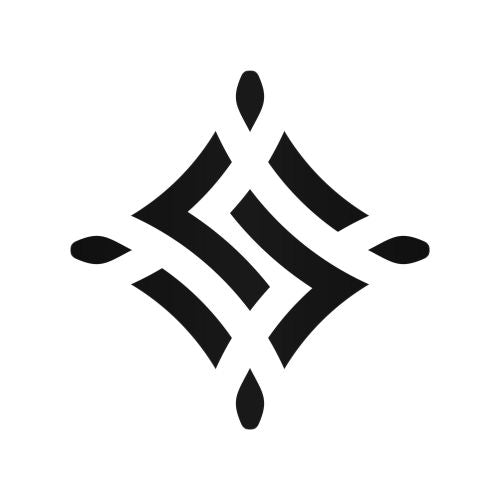Kui Embroidery Techniques
Tease Hub - The Art of Embroidery of the Kui People
In the northeastern region of Thailand, the embroidery work of the Kui Kuay people showcases a unique craft. The Kui people are part of the Austroasiatic language family and have roots in Thailand since the late Ayutthaya period. They refer to themselves as "Khui people," whereas Thai people often call them "Khmer Pa Dong."

“Kui Kui Koi or Kuay” - Meaning of "People" and "Tribute"
The Kui people often refer to themselves using these terms, although they do not entirely embrace the name. "Tease Hub" is the Kui Suai term for the technique of embroidering or sewing seams on cloth, meaning "sewing or embroidery." This embroidery art is a cultural heritage of the Kui Suai people, particularly in the Sisaket and Surin provinces. The "Tease Hub" shirt ("Tease" meaning embroidery, "Hub" meaning shirt) is worn by both men and women. It is decorated with precious "podduang" silver buttons, symbolizing social status. The Kui people use these black shirts for both auspicious and inauspicious occasions.

Colorful Patterns and Material Selection
Kui embroidery begins in adolescence, typically after the age of 15. Woven silk with a marble pattern, dyed black with ebony fruit, is used for embroidery. The decoration involves using bright-colored silk threads like red, yellow, and white, which contrast beautifully with the black fabric. The vibrant silk threads help preserve eyesight as they are clearly visible against the black silk. Moreover, the ebony-dyed black fabric has UV protection properties, shielding the wearer's skin from the sun.

The Uniqueness of Kui Embroidery
The embroidery techniques used by the Kui people are distinguished by the cross-weaving of seams, allowing airflow through the shirt for cooling comfort. The traditional embroidery patterns include "Yung Kaheb" (crawler-foot pattern), "Soi Takod" (lizard tail pattern), and "Yeong Trong" (red ant leg pattern). Applied patterns like the jasmine motif add further beauty and uniqueness to Kui embroidery.
The complexity and distinctiveness of Kui embroidery are what make it fascinating. The specific colors and traditional patterns add to the cultural value, making Kui embroidery an important and interesting part of their heritage.
Thank You to the Source
Intellectual Heritage Book: Isaan Textiles
Story/Image by Onuma Sinwattananukul

